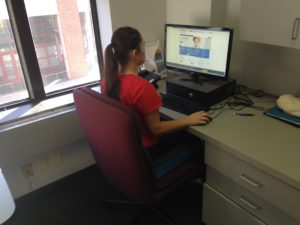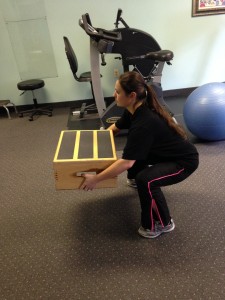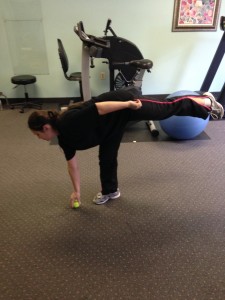We have close to 400 muscles in the human body. Muscles can develop trigger points which can refer pain and cause dysfunction. Symptoms can range from intolerable agonizing pain caused by “active” trigger points, to painless restriction of movement and distortion of posture from “latent” trigger points.
There is not conclusive research on the definition of a trigger point. However, many characteristics have been observed for decades by researchers all over the world. There are many mechanisms by which we develop trigger points. Some of those mechanisms include poor posture, injury to a muscle, muscle overuse, and repetitive stress overload. Trigger points limit range-of-motion and cause muscle fatigue.
When pressed on, trigger points feel like “knots” or tight bands in the muscle, and are usually tender. Healthy muscles usually do not contain knots or tight bands and are not tender to pressure.
Good news!!! Physical Therapy diminishes trigger points. Physical Therapy addresses trigger points by identifying and treating the primary driver of the trigger point. This is done through trigger point release, massage, and posture re-education.






